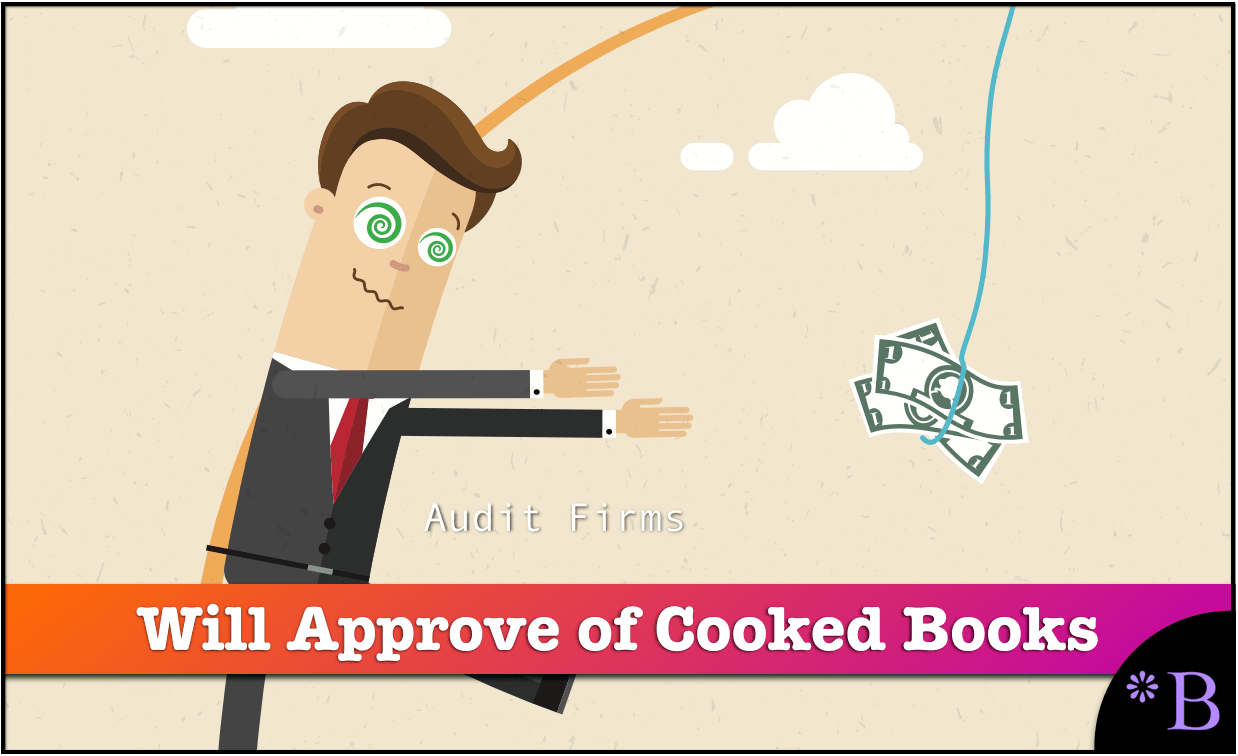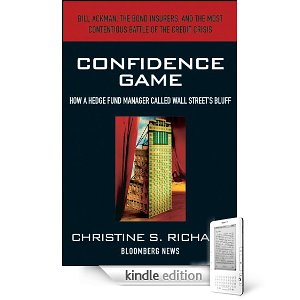Understanding How the Auditing Branches of the Major SAP Consulting Firms Work
Executive Summary
- What is the history of audit firms, and how did they get into SAP consulting?
- What is an auditing firm, and how do they really work?

Introduction
In our previous post, I described how consulting firms would sometimes keep their clients in a matrix of misinformation. By looking at the businesses that most of these consulting firms originated from, one can see that the apple has not fallen too far from the tree.
Our References for This Article
If you want to see our references for this article and other related Brightwork articles, see this link.
The Origin of Auditing Firms
Most of the major consulting firms are outgrowths of auditing companies. Proposing that these companies’ consulting arms are corrupt should not be shocking, as the companies’ auditing sides have always been shady. However, many people who read this blog are familiar with SAP or systems implementation but may not be familiar with auditing history. So this article will fill in some of the information in terms of the history of these firms that should be educational.
What Is an Auditing Firm?
Having a sizeable well-known auditing company is a bit like having a government granted the concession. There are many parts of the economy where the company receives high profits for doing very little work. Banking is one example of a concession that the government grants. For every $2 to $3 loaned to a bank, that bank can loan out roughly $100. That is a government-granted concession.
Auditing firms have monopoly power because there are only a few well-known firms that public companies like to have signed their books. The only purpose of having these books signed by a third-party is to sell stock to shareholders. Private firms can use their internal accountants and submit their financial statements to the IRS every year. Because company executives have a financial interest in overstating the financial health and prospects of their companies, the concept is that an external auditing company can help keep the company “honest.” The shareholders generally want to see a few major firms signing off on a company’s books. For instance, there is a smaller auditing company called Grant Thorton, which can also be hired to look the other way and sign off on falsified accounting statements and KPMG or Deloitte. However, they typically sell their services to smaller companies because large company shareholders prefer the seal of approval of one of the major firms. This is primarily because they do not know these large firms will sign off on pretty much anything and are continually cited for violating IRS laws and frequently pay out damages to different US regulatory bodies.
The determination of earnings is tough even though all publicly traded firms are externally audited. This book, which is a classic in finance, describes the techniques to determine actual earnings and demonstrates how little auditing firms do to validate company accounting statements.
The Truth of Modern Auditing
While presented as an essential device for maintaining the accuracy of a company’s internal records, an auditing team typically spends very little time on accounts. It doesn’t do anything more than checking the math of the company accountants. While the popular mythology is that auditors are very hard-nosed and strictly by the book, the audit agreement is written in a way by the auditor’s legal departments that give them minimal incentive to look for irregularities in accounting statements. Secondly, the auditing firm partners are very focused on not losing accounts, and a company can switch accounting firms (although there are only a few major ones to choose from that can be used to “credibly” sign annual reports).
This is the basis for the monopoly power that large firms enjoy. Owning or being a partner in a major auditing firm is essentially like having a license to print money. Once attained, very little work is required to maintain the monopoly.
Auditing Involvement in the Financial Melt Down

The book Confidence Game describes how the bond rating system works in the US.
Continual Fraud
Many people are familiar with how bond rating agencies applied AAA ratings to bonds that ended up being toxic waste and were eventually bailed out by the US taxpayer. Companies that perform these types of services are firms like Moody’s and Standard and Poor’s. Like the large audit firms, only a few are sought after, and they have strong monopoly power in the marketplace. Their reputations were deeply sullied when the information about how they knew applied AAA ratings to instruments that any undergraduate could have determined should have been given a far lower rating came out. However, they have not altered their business practices in any way. What is less known is the audit firms were integral to the calamity that followed.
Rating agencies charge $500,000 for their ratings. Interestingly, these rating agencies do nothing more than point to the audit, which KPMG, Deloitte, etc. performed… Meanwhile, the KPMG and Deloitte simply review the math and the “process” used by the internal accountants. What is extremely clear is that any of these parties are doing very little work, and everyone points the responsibility to someone else. The audit firm points to the company or bond being issued, the rating agency points to the audit firm, and the company points back at the audit firm and the rating agency.
Conclusion
The auditing profession is a joke. The more you know about the auditing game, the less real it appears. Unfortunately, the major consulting companies are mostly these same companies but different divisions within them. The scenario is the audit relationship is used to get consulting services in the door, which tend to be much more compensating. This is the scam that Arthur Andersen was perpetrating on Enron shareholders. It was billing $1 million per week in consulting services and primarily selling its audit of Enron for this money. Any regulatory agency did not take down Arthur Andersen, its audits were not worth anything after Enron and other scandals broke.
However, Arthur Andersen was purchased and parceled out, and the companies that absorbed Arthur Andersen employees operated the same way. There were some short-term changes put into effect after this disaster. But those changes have expired, and the situation is back to where it was pre-Enron, which is why another accounting scandal occurred in the rating of the company, public bonds, and securitized products during the 2008 financial meltdown, and why it will happen again. These are the same firms that follow the same organizational incentives that manage SAP implementations. This is a problem and needs to be considered when companies trust these firms to work for them.
